Young nude woman singing.
Work by the artist Felix Charpentier.
Bears the mark of the founder Colin in Paris.
Very pretty brown patina.
40cm high.
Good condition.
In 1890, Charpentier presented two major works at the Salon des Artistes français, including "La Chanson" which won the Salon prize. The plaster cast purchased by the state was placed in the vestibule of the Hôtel de Ville in Paris. In 1899, the bronze reduction was presented in the salons of the Colin house, his publisher since 1897. Maurice Félix Charpentier (1858-1924) known as Félix Charpentier is a French sculptor. Initially a student at the Avignon School of Fine Arts, Félix Charpentier was admitted to the studios of Jules Cavelier and Amédée Doublemard at the Paris School of Fine Arts in 1877. From 1879, he presented his works at the Salon des Artistes Français, where he would exhibit every year. Awarded a silver medal at the 1889 Universal Exhibition, his reputation continued to grow. Charpentier exhibited the plaster cast of "La Chanson" at the Salon that same year, and in 1890 received the first-class medal and the Salon prize for his marble work from this work. In 1893, Charpentier was awarded the Medal of Honor for the marble "Lutteurs," acquired by the State and adorning the town hall square in Bollène, his hometown. From this date, the State commissioned several public monuments from him, whether it was the decoration of the Gare de Lyon in Paris, or the bas-relief "Contemporary Art" for the facade of the Grand Palais in Paris. Named Knight of the Legion of Honor since 1892, following the inauguration of the Monument of the Centenary of the Annexation of Avignon and Comtat Venaissin to France, Charpentier was promoted to Officer of the Legion of Honor in 1901. In 1899, Austria awarded Félix Charpentier the Grand Gold Medal at the International Triennial Exhibition in Vienna for "Sleeping Globe". He is responsible for numerous statues preserved in several national museums, such as "The Shooting Star" (Museum of Fine Arts in Nîmes). Charpentier's works also adorn many public gardens. After the First World War, he received numerous commissions for war memorials.




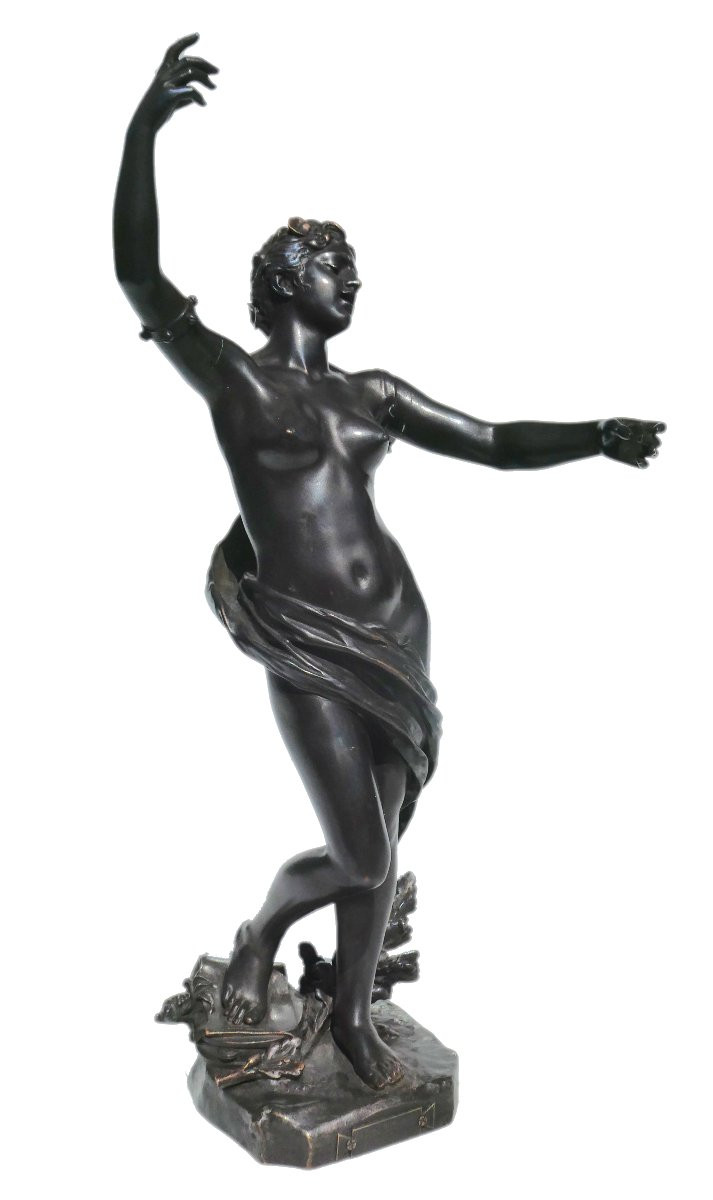
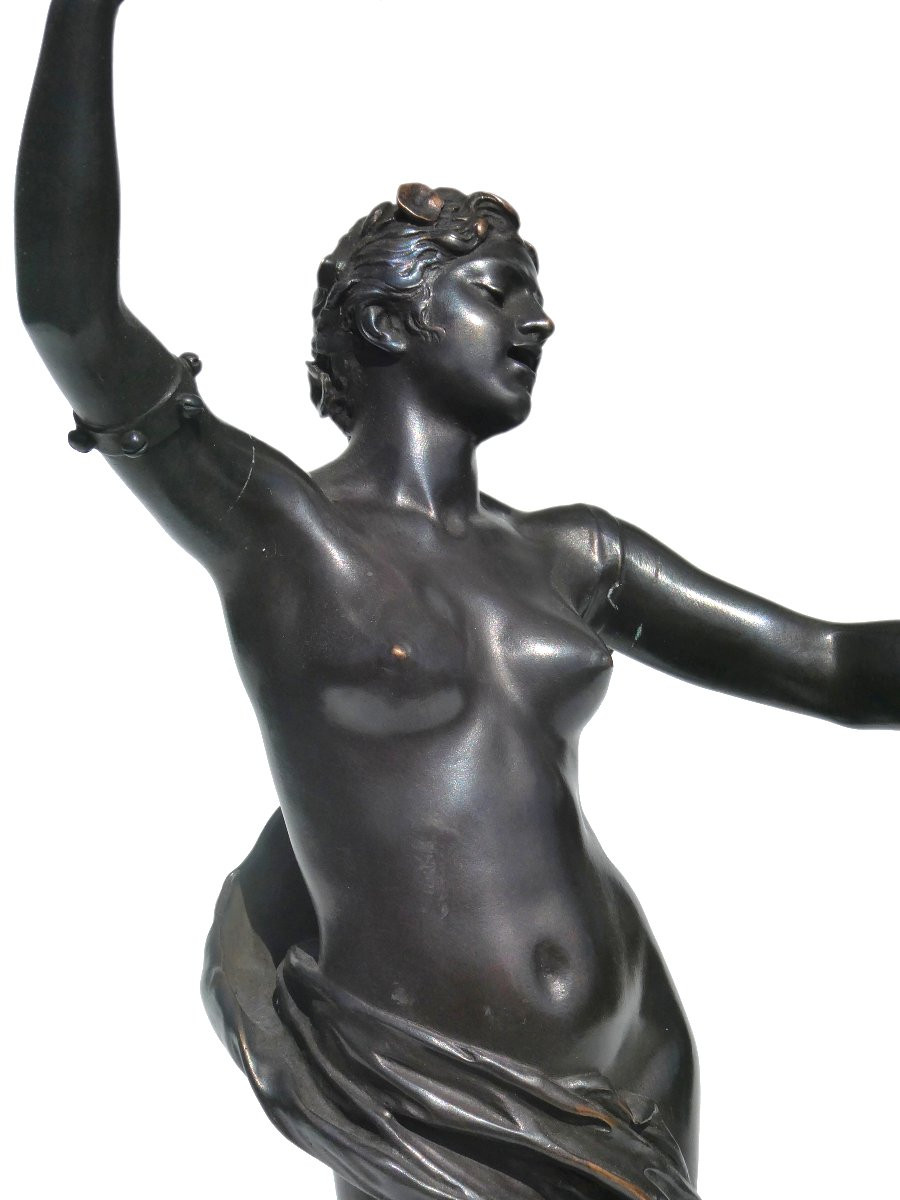
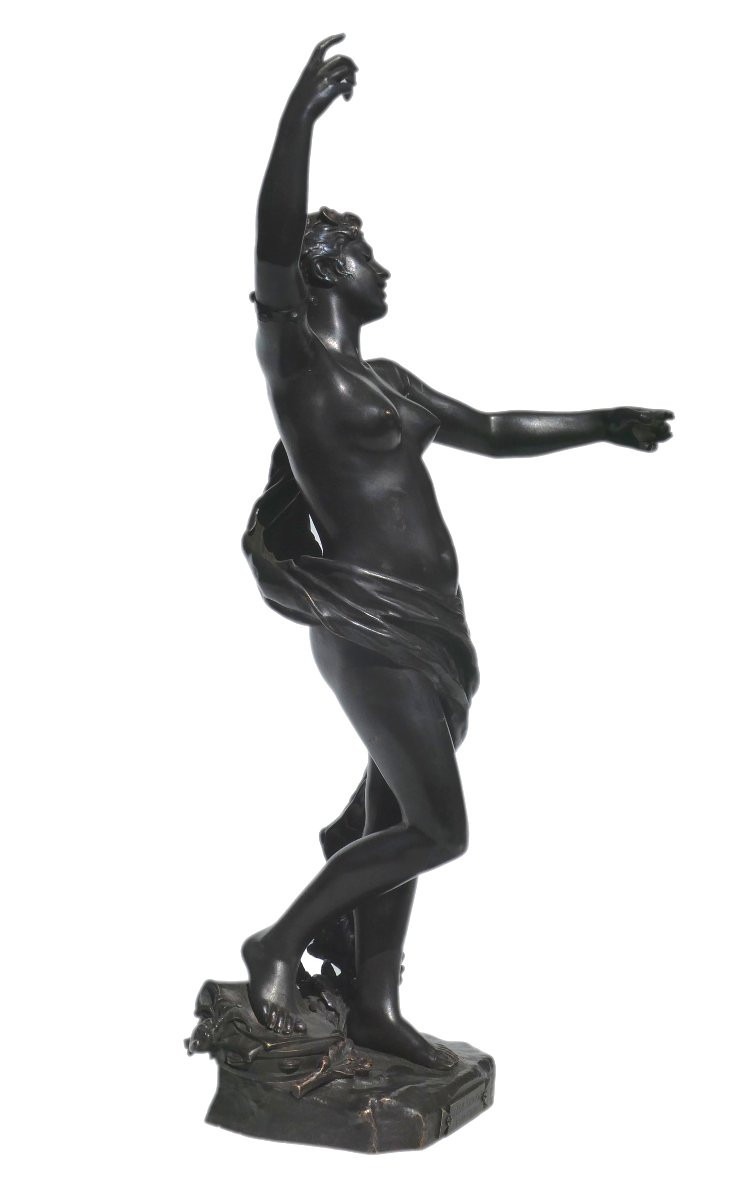



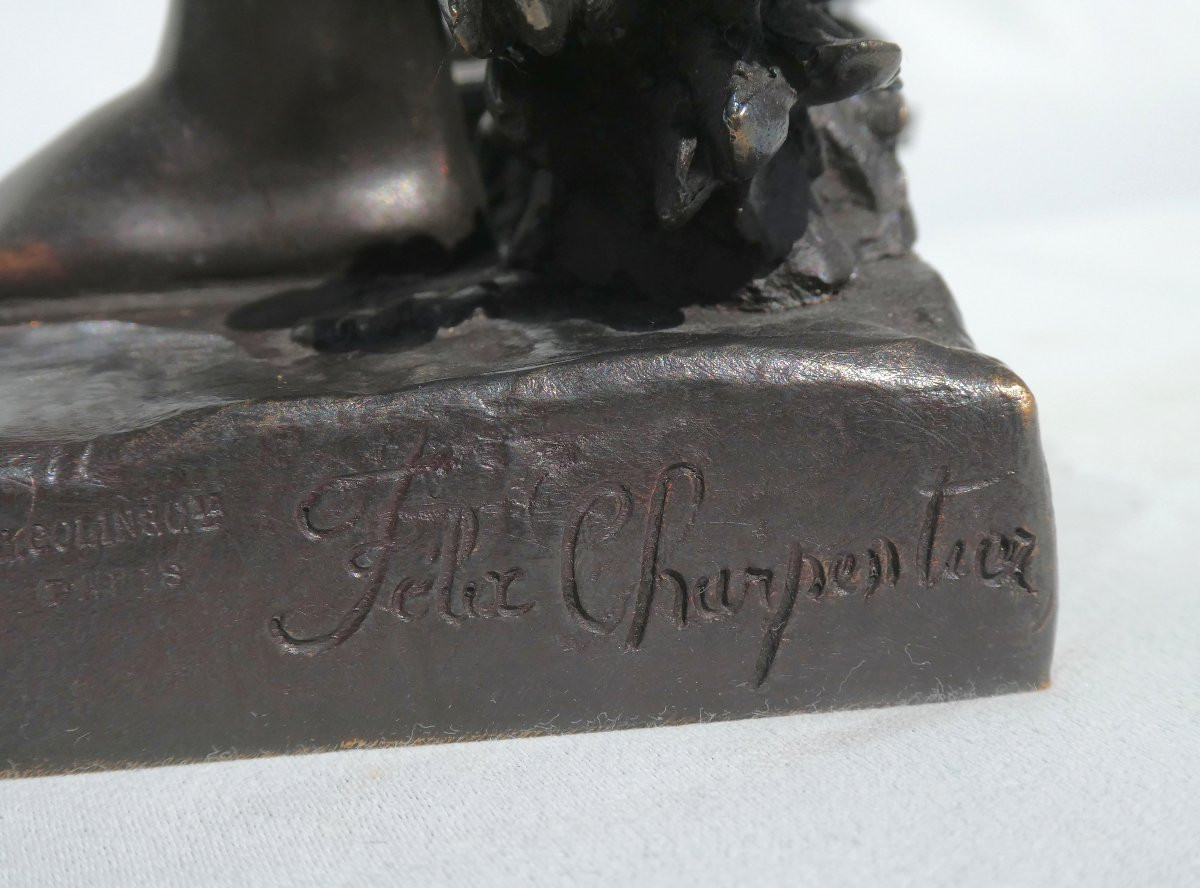
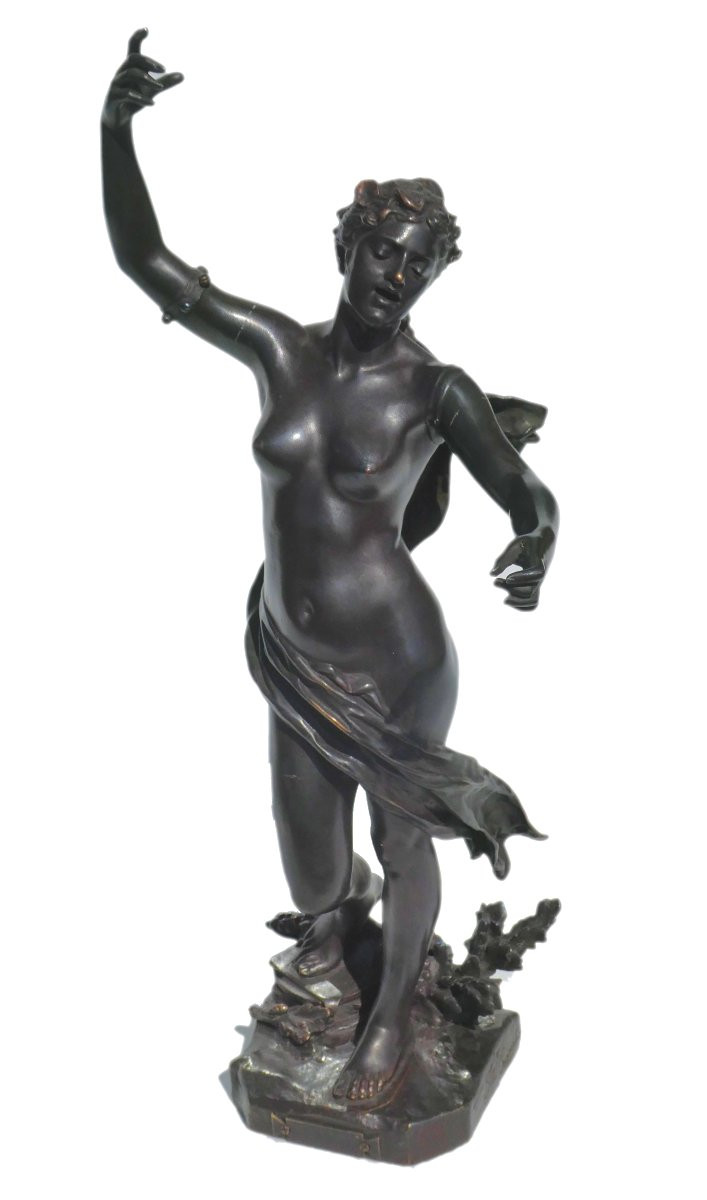


















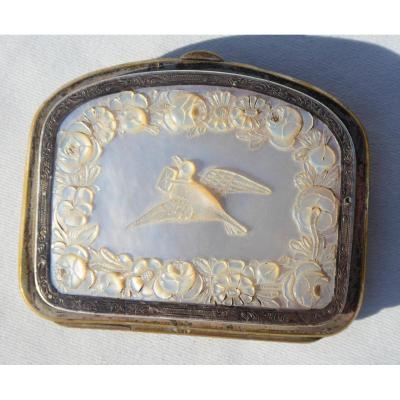




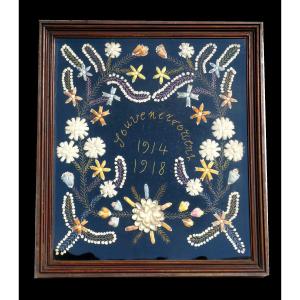

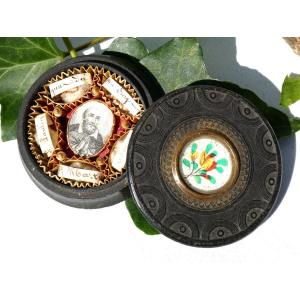



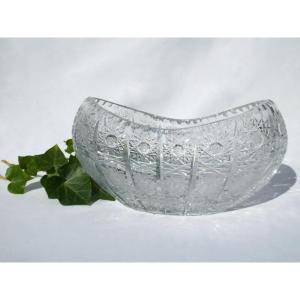


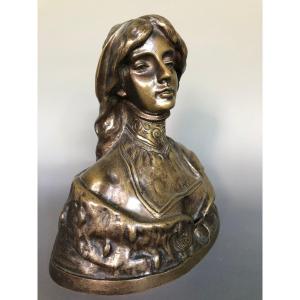





 Le Magazine de PROANTIC
Le Magazine de PROANTIC TRÉSORS Magazine
TRÉSORS Magazine Rivista Artiquariato
Rivista Artiquariato